Carbon Develop

Can developed and developing countries achieve carbon neutrality at the same pace ?
The article discusses the challenges and potential solutions for developing countries to achieve carbon neutrality at the same pace as developed countries. The key differences between developed and developing countries in terms of economic development, technological advancements, and political will are highlighted. Developed countries have higher GDP per capita, more resources for research and development, and greater financial capacity to invest in renewable energy infrastructure. In contrast, developing countries have lower GDP per capita, limited resources for research and development, and less financial capacity to invest in renewable energy infrastructure. Technological advancements also play a crucial role in achieving carbon neutrality. Developed countries have advanced technology and innovation in clean energy sectors, access to cutting-edge research facilities, and well-established industries with experience in implementing sustainable practices. In contrast, developing countries have emerging technology and innovation in clean energy sectors, limited access to advanced research facilities, and infant industries with less experience in implementing sustainable practices. Political will is another factor that affects the pace of achieving carbon neutrality. Developed countries have stronger political commitment to addressing climate change through policy measures, more established regulatory frameworks for promoting renewable energy adoption, and greater public awareness and support for environmental issues. In contrast, developing countries have varying levels of political commitment to addressing climate change through policy measures, less established regulatory frameworks for promoting renewable energy adoption, and lower public awareness and support for environmental issues due to other pressing concerns such as poverty and healthcare. Developing countries face several challenges in achieving carbon neutrality, including lack of financial resources, technological barriers, and infrastructure challenges. Potential solutions for developing countries include international cooperation and funding, capacity building and education, and policy interventions and regulatory reforms. By working together through these solutions, both developed and developing countries can make significant progress towards a more sustainable future.

What are the economic implications of pursuing carbon neutrality for a country ?
Pursuing carbon neutrality has both positive and negative economic implications for a country, including job creation, innovation, energy independence, short-term costs, impacts on traditional industries, and potential carbon leakage.
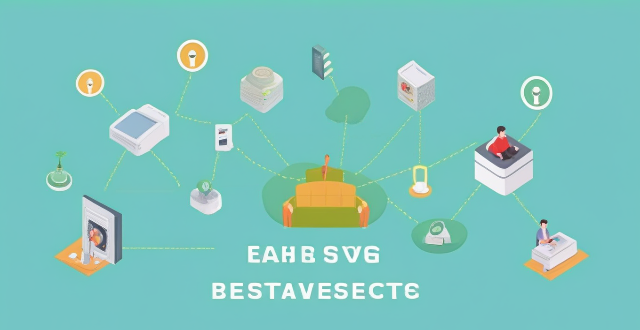
How do carbon credit systems impact developing countries ?
Carbon credit systems can have both positive and negative impacts on developing countries, including economic development, environmental benefits, technology transfer, market risks, social impacts, and environmental concerns. Policymakers and stakeholders must carefully consider these impacts when designing and implementing carbon credit projects in developing countries.
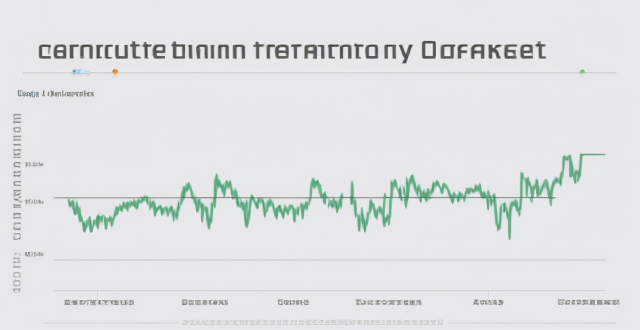
How can I invest in the carbon trading market ?
The carbon trading market offers a lucrative investment opportunity for those interested in environmental sustainability and financial gain. To invest successfully, one should understand the basics of carbon trading, research different carbon markets, choose a broker or exchange, determine an investment strategy, and start trading while managing risk.
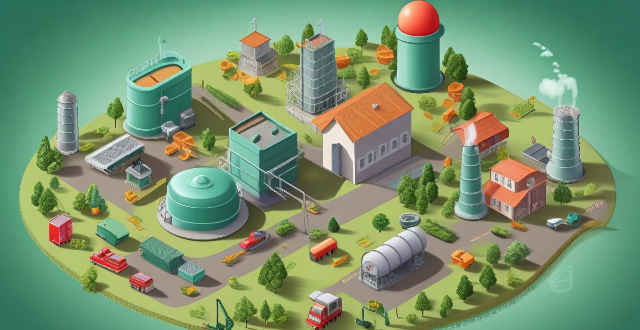
How can individuals participate in a carbon credit system ?
Carbon credit systems enable individuals to participate in reducing greenhouse gas emissions by buying, selling, or supporting carbon offsets. Individuals can offset their own carbon footprint by purchasing credits from verified projects, sell credits generated from their sustainable projects, or support the growth of carbon credit initiatives through advocacy and investment. Participation in these systems is a significant step towards combating climate change and fostering a more sustainable environment.

What is the carbon trading market ?
The carbon trading market is a financial mechanism that allows for the trading of emissions reductions to meet greenhouse gas emission targets. It is based on cap-and-trade, where a limit is set on total emissions and those who reduce their emissions below the cap can sell their surplus allowances. Key components include carbon credits, emissions caps, trading mechanisms, verification and certification, and regulation and governance. Benefits include cost-effectiveness, flexibility, innovation incentives, and global collaboration. Challenges and criticisms include equity concerns, market inefficiencies, environmental integrity, and political will. The carbon trading market serves as a crucial tool in the fight against climate change but requires ongoing attention and improvement to maximize its effectiveness.
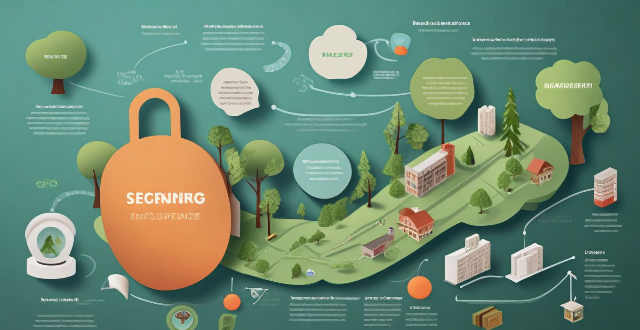
How do carbon credits contribute to reducing greenhouse gas emissions ?
Carbon credits are a key tool in the fight against climate change, as they incentivize emission reductions, facilitate international cooperation, support sustainable projects, enhance transparency and accountability, and promote market efficiency. By creating economic value for carbon reduction efforts, stimulating innovation, meeting global targets, sharing mitigation burdens, financing renewable energy and forest conservation projects, ensuring rigorous monitoring and verification, promoting cost-effective abatement, and providing clear price signals, carbon credits play a crucial role in reducing greenhouse gas emissions.

Can carbon credit systems effectively combat climate change ?
Carbon credit systems are a market-based approach to reducing greenhouse gas emissions by creating financial incentives for companies and individuals to reduce their carbon footprint. While these systems can effectively incentivize reduction of emissions, promote innovation, and support sustainable development, they also face challenges such as lack of regulation and standardization, inequality and access issues, and limited scope of impact. Carbon credit systems should be part of a broader strategy that includes government regulations, public education, and international cooperation to effectively combat climate change.

Are there any international standards for carbon credit systems ?
There are several international standards and protocols that govern carbon credit systems, including the Climate Action Reserve (CAR), the International Carbon Reduction and Offset Alliance (ICROA), and regional and national standards such as the European Union Emissions Trading System (EU ETS) and the North American Carbon Programme (NACP). These standards ensure the credibility, transparency, and integrity of carbon offset projects by setting rigorous guidelines for project developers to follow. By adhering to these standards, organizations can demonstrate their commitment to combating climate change and contribute to a more sustainable future.

How effective is a carbon tax in reducing greenhouse gas emissions ?
A carbon tax is a fee on burning carbon-based fuels aimed at reducing greenhouse gas emissions. It creates economic incentives for behavior change, technology innovation, and revenue generation. The effectiveness depends on rate setting, equity concerns, compliance, political feasibility, and international coordination.
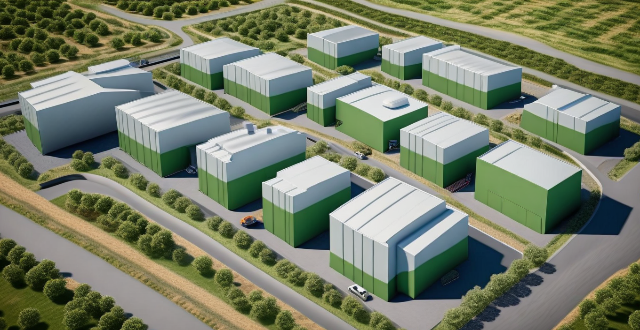
What are the challenges associated with implementing carbon capture on a large scale ?
Carbon capture and storage (CCS) is a technology that aims to reduce greenhouse gas emissions by capturing carbon dioxide (CO2) from industrial processes and storing it underground. Implementing CCS on a large scale poses several challenges, including high costs, technology maturity, storage capacity, regulatory and legal barriers, public perception, and energy requirements. Overcoming these challenges is essential for the successful implementation of CCS on a large scale. Collaboration among governments, industry, and researchers will be necessary to develop more efficient and cost-effective carbon capture technologies, establish clear regulations and liability frameworks, and raise public awareness about the benefits of CCS.

Can environmental subsidy policies help reduce carbon emissions ?
Environmental subsidy policies can help reduce carbon emissions by promoting renewable energy, enhancing energy efficiency, supporting waste reduction initiatives, and funding research and development of carbon capture and storage technologies. However, these policies must be carefully designed and adequately funded to avoid market distortions and ensure long-term sustainability without creating dependence on government support.
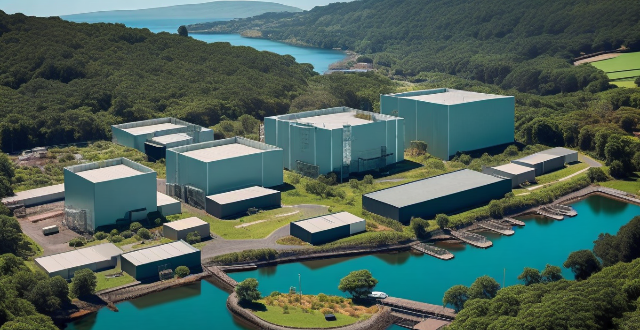
What is the current status of carbon sequestration projects around the world ?
Carbon sequestration projects are aimed at reducing greenhouse gas emissions by capturing and storing carbon dioxide. These projects include geological storage, ocean storage, and terrestrial storage methods. Geological storage involves injecting CO2 into underground formations, while ocean storage involves injecting it into the deep ocean. Terrestrial storage uses vegetation and soil to sequester carbon through reforestation and improved forest management. These projects have been implemented in various countries worldwide, with notable examples including the Petra Nova project in the United States, the Sleipner project in Norway, and the Amazon Forest Conservation Program in Brazil.

How can a carbon tax be designed to minimize negative impacts on businesses ?
A carbon tax is a fee on burning carbon-based fuels to reduce emissions and promote clean energy. To minimize its negative impact on businesses, consider gradual implementation, incentives for innovation, clear policy, revenue neutrality, support for affected industries, collaboration, and monitoring. This balances environmental goals with economic realities for sustainable development.

What role do carbon markets play in international climate change agreements ?
In international climate change agreements, carbon markets are a crucial component. They provide a mechanism for countries to meet their greenhouse gas (GHG) emission reduction targets in a cost-effective manner by trading carbon credits. Carbon markets encourage businesses and governments to invest in cleaner technologies and practices. They offer flexibility to countries in meeting their emission reduction commitments, provide incentives for innovation, facilitate international cooperation, and can be integrated with other environmental and economic policies. Examples of carbon markets in international agreements include the Kyoto Protocol and the Paris Agreement.

How effective are reforestation efforts in offsetting carbon emissions ?
Reforestation efforts can effectively offset carbon emissions by sequestering carbon dioxide through photosynthesis. Factors influencing its effectiveness include the type of trees planted, location and soil quality, management practices, and timescale. Challenges such as saturation points, land availability, biodiversity concerns, and water resources impact also need to be considered. A balanced approach combining reforestation with other strategies is necessary for meaningful climate change mitigation.

How do carbon credits differ from carbon taxes ?
Carbon credits and carbon taxes are two distinct mechanisms that aim to reduce greenhouse gas emissions and mitigate climate change. While both strategies involve a financial incentive to encourage companies and individuals to reduce their carbon footprint, they operate differently in terms of their structure, implementation, and impact. Carbon credits represent a certificate or a tradable allowance proving that a specific amount of carbon dioxide (or its equivalent in other greenhouse gases) has been reduced, avoided, or sequestered by an emission-reducing project. Companies or countries can earn carbon credits by investing in projects that reduce emissions below a certain baseline, such as renewable energy projects or reforestation efforts. These credits can then be sold to entities that are looking to offset their own emissions or meet regulatory requirements. The price of carbon credits is determined by supply and demand in markets where they are traded. On the other hand, a carbon tax is a fee imposed on the burning of carbon-based fuels (coal, oil, gas) that are responsible for greenhouse gas emissions. Governments set a tax rate per ton of CO2 emitted, which is paid by companies and sometimes individuals using fossil fuels. The goal is to make polluting activities more expensive, thereby encouraging a shift towards cleaner alternatives. Carbon taxes are typically implemented at a national level through legislation. The revenue generated from the tax can be used to fund environmental initiatives or be returned to taxpayers in various ways. Key differences between carbon credits and carbon taxes include their regulatory vs. voluntary nature, direct vs. indirect incentives, and price certainty vs. market fluctuation. Carbon taxes offer price certainty for businesses when planning expenses, while carbon credit prices can fluctuate based on market demand and the success of emission reduction projects. In summary, both carbon credits and carbon taxes serve important roles in addressing climate change, but they do so through different means and with different outcomes.

How can carbon credit systems be improved to better address climate change ?
Enhancing Carbon Credit Systems for Effective Climate Change Mitigation. Carbon credit systems are financial instruments designed to reduce greenhouse gas emissions by providing economic incentives for emission reductions. While these systems have the potential to contribute significantly to climate change mitigation, they currently face several challenges that limit their effectiveness. Here's how we can improve them: 1. Strengthening Verification and Monitoring 2. Addressing Additionality and Leakage 3. Improving Permanence and Reversibility 4. Broadening Project Types and Incentives 5. Aligning with International Climate Goals 6. Expanding Market Access and Participation 7. Promoting Fairness and Justice

Can carbon offsetting be used as a substitute for government action on climate change ?
The article discusses the concept of carbon offsetting and its potential as a substitute for government action on climate change. Carbon offsetting involves investing in projects that reduce or remove greenhouse gases from the atmosphere, such as renewable energy sources and reforestation. While it has advantages like individual responsibility and immediate impact, it also has limitations like not being a complete solution and lack of regulation. Government action is crucial in addressing climate change through regulation, infrastructure, and education. The conclusion states that carbon offsetting can be a useful tool, but it cannot replace government action.
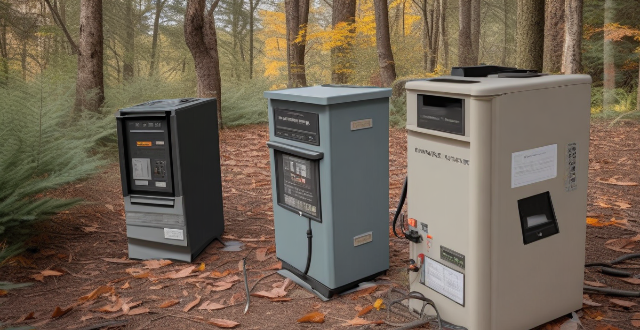
Are zinc-carbon batteries safe to use ?
Zinc-carbon batteries are a common type of battery used in many household devices, such as flashlights, remote controls, and toys. While they are generally safe to use, there are some precautions that should be taken to ensure their proper handling and disposal. These include avoiding short circuits by keeping the terminals from touching each other or any metal objects, storing them in a cool, dry place away from extreme temperatures and out of reach of children and pets, and disposing of them properly at a recycling center or store that accepts used batteries. Despite these precautions, zinc-carbon batteries offer several benefits, including being cost-effective, widely available, and having a long shelf life.

How can carbon credits be verified and monitored to ensure their legitimacy ?
Carbon credits are a tool used to mitigate the effects of climate change by reducing greenhouse gas emissions. However, ensuring the legitimacy of these credits is crucial for their effectiveness as a tool for combating climate change. This article discusses how carbon credits can be verified and monitored to ensure their legitimacy through independent verification, continuous monitoring, and transparency and public accessibility. Independent verification involves having a third-party organization conduct an audit of the project that generated the credits. Continuous monitoring involves regularly checking the progress of the project over time to ensure that it continues to generate the expected emission reductions. Transparency and public accessibility involve making information about the project and its progress available to the public, allowing anyone to review and verify the legitimacy of the credits. By implementing these measures, we can help ensure that carbon credits remain a valuable resource in our fight against climate change.
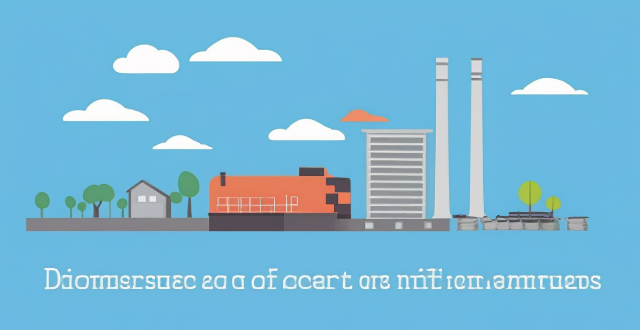
What is the significance of carbon capture and storage technologies ?
The text discusses the importance of carbon capture and storage (CCS) technologies in mitigating climate change, enabling clean energy transition, and supporting industrial processes. It highlights three main methods of capturing CO2: post-combustion capture, oxy-fuel combustion, and pre-combustion capture. The text also describes various ways to store CO2, such as geological storage, ocean storage, and enhanced oil recovery (EOR). Additionally, it mentions the potential for carbon utilization through sequestration, synthetic fuels production, and industrial applications. However, the text acknowledges challenges such as cost, energy penalty, public acceptance, and regulatory frameworks that need to be addressed for successful implementation of CCS projects.

What are the benefits of carbon sequestration in reducing global warming ?
Carbon sequestration helps to reduce greenhouse gas emissions and stabilize climate conditions, leading to improved air quality and public health. It also promotes sustainable development by supporting renewable energy sources and creating green infrastructure. Additionally, carbon sequestration creates job opportunities and stimulates innovation in various industries. In the long term, it preserves biodiversity and prevents extreme weather events caused by climate change.

How can a carbon tax be implemented fairly ?
The text discusses the implementation of a fair carbon tax, which is a fee on burning carbon-based fuels to reduce emissions contributing to global warming. It suggests methods such as progressive taxation, revenue neutrality, renewable energy incentives, public education, phased implementation, and international cooperation to ensure the tax does not disproportionately affect low-income households or certain industries.

What countries have successfully implemented a carbon tax ?
Countries that have successfully implemented a carbon tax include Canada, Sweden, Finland, Norway, Switzerland, and the UK. These countries have set different rates for their carbon taxes and have seen varying degrees of success in reducing greenhouse gas emissions. While there are challenges associated with implementing such a tax, these countries demonstrate that it can be an effective tool for achieving environmental goals.

Does a carbon tax lead to "carbon leakage" where companies move to areas without the tax ?
The article discusses the potential for "carbon leakage," where companies might relocate to regions without a carbon tax to avoid additional costs. It highlights economic impacts, geographical considerations, industry-specific impacts, and mitigating factors that could affect the outcome of implementing a carbon tax. The potential negative outcomes include job losses and environmental displacement, while positive outcomes could be innovation and efficiency improvements. The conclusion emphasizes the need for coordinated international efforts and support for affected industries to minimize leakage and promote sustainable practices.

How do zinc-carbon batteries work ?
Zinc-carbon batteries are primary, single-use batteries that generate electricity through a chemical reaction involving zinc and carbon. Their construction includes an anode of zinc, a cathode of manganese dioxide mixed with carbon, an electrolyte, a separator, and a container. When in use, zinc is oxidized at the anode, releasing electrons and zinc ions, while the cathode accepts electrons and reduces manganese dioxide. This flow of electrons creates an electrical current. Over time, the battery discharges as the materials are used up, requiring replacement. Proper disposal is crucial to prevent environmental pollution from their heavy metal components.

What are the ethical considerations surrounding the use of carbon capture technology ?
Carbon capture technology is a method used to reduce carbon dioxide emissions, but it raises ethical concerns such as cost and accessibility, potential environmental impact, long-term effects, and accountability. It is important to ensure that the technology is implemented responsibly and equitably.
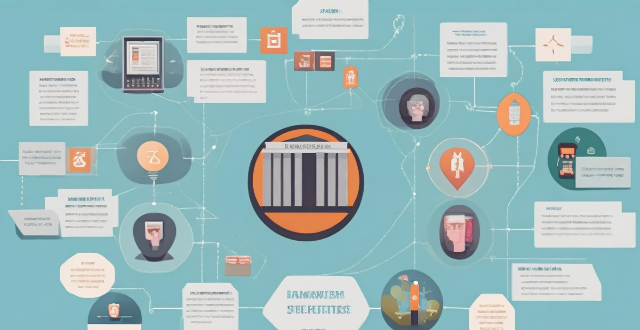
What are the challenges faced by carbon credit systems ?
Carbon credit systems face challenges including lack of standardization, quality control issues, limited scope, market dynamics, inequity and accessibility, and ethical considerations. These factors affect the effectiveness and credibility of carbon offsetting efforts. Addressing these challenges is essential for improving the system's performance and trustworthiness.
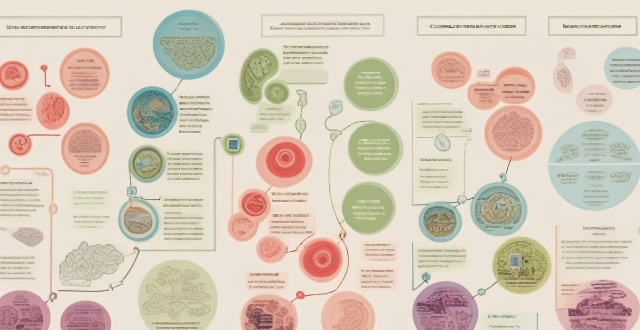
How does carbon offsetting work ?
Carbon offsetting works by assessing emissions, identifying suitable offsetting projects like renewable energy or reforestation, purchasing carbon credits from these projects, and continuously monitoring their effectiveness. This process helps reduce the overall carbon footprint of individuals or organizations while contributing to global efforts to combat climate change.